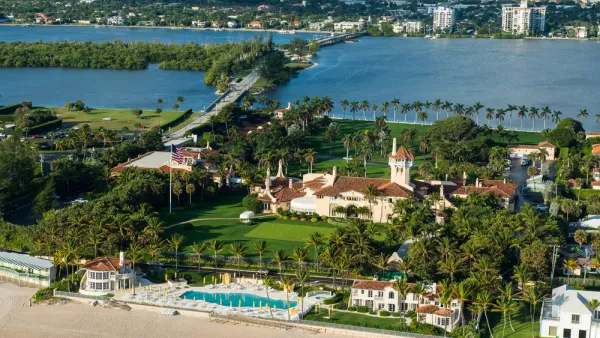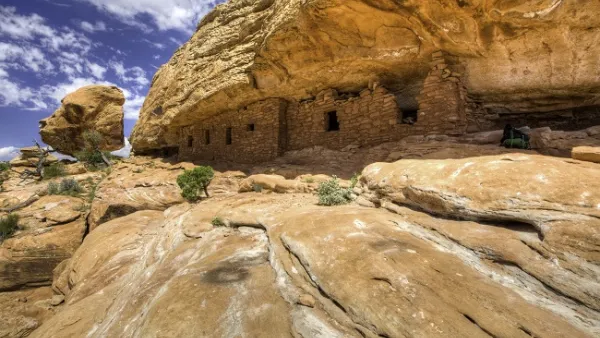A tax break designed to protect land has become just another massive tax loophole. It looks like conservation easements are here to stay.

Peter Elkind reports on the details of an underappreciated mechanism of the U.S. tax structure that relates to land use, i.e., conservation easements.
The idea seems like the perfect marriage of environmentalism and capitalism: Landowners give up their right to develop a piece of property, and in exchange they receive a special tax deduction. Nature is preserved and everybody benefits.
According to Elkind, conservation easements worked in many examples, but at some point conservation easements became motivated more by commercial reward than for any concern about the natural environment. Elkind recounts the story of the former Millstone Golf Course outside of Greenville, South Carolina, closed in 2006 and dormant until 2016.
Later in 2016, however, a pair of promoters appeared. They gathered investors who purchased the same parcel at the market price and, with the help of a private appraiser, declared it to be worth $41 million, nearly eight times its purchase price. Why? Because with that new valuation and a bit of paperwork, the investors were suddenly able to claim a tax deduction of $4 for each $1 they invested.
According to Elkind, those kinds of transactions have transformed conservation easements into the "single most generous charitable deduction in the tax code." If you're wondering whether it survived the Republican tax reform bill signed recently by the president, it did, according to Elkind. Moreover, President Trump has a long history of building tax shelters by using conservation easements.
The article includes a lot more examples and explanations to describe the tax shelter conservation easements have become.
FULL STORY: The Billion-Dollar Loophole

National Parks Layoffs Will Cause Communities to Lose Billions
Thousands of essential park workers were laid off this week, just before the busy spring break season.

Retro-silient?: America’s First “Eco-burb,” The Woodlands Turns 50
A master-planned community north of Houston offers lessons on green infrastructure and resilient design, but falls short of its founder’s lofty affordability and walkability goals.

Delivering for America Plan Will Downgrade Mail Service in at Least 49.5 Percent of Zip Codes
Republican and Democrat lawmakers criticize the plan for its disproportionate negative impact on rural communities.

Test News Post 1
This is a summary

Test News Headline 46
Test for the image on the front page.

Balancing Bombs and Butterflies: How the National Guard Protects a Rare Species
The National Guard at Fort Indiantown Gap uses GIS technology and land management strategies to balance military training with conservation efforts, ensuring the survival of the rare eastern regal fritillary butterfly.
Urban Design for Planners 1: Software Tools
This six-course series explores essential urban design concepts using open source software and equips planners with the tools they need to participate fully in the urban design process.
Planning for Universal Design
Learn the tools for implementing Universal Design in planning regulations.
EMC Planning Group, Inc.
Planetizen
Planetizen
Mpact (formerly Rail~Volution)
Great Falls Development Authority, Inc.
HUDs Office of Policy Development and Research
NYU Wagner Graduate School of Public Service





























